Who doesn't love the crackle of a warm, lively fire? For many, it is a soothing sound that brings back fond memories. Some fire sounds are not quite so endearing, though. What does it mean if your campfire starts hissing, sizzling, or steaming?
What Does it Mean When Firewood is Making Hissing Sounds?
Firewood that retains too much moisture will steam, sizzle, and hiss as the liquid inside heats up from the fire and escapes as steam. With larger deposits of water or sap, the heat can cause vapors to expand rapidly, sometimes cracking wood and throwing dangerous sparks or debris out of the fire.
Unseasoned firewood is typically harder to start a fire with, struggles to stay lit, and expends its energy drying out the excess moisture, resulting in less radiant warmth. Damp firewood is also particularly smoky, sending out great billowing clouds of creosote that burn eyes and lungs. All around, it makes for a much less satisfying fireside experience.
How do you Avoid Hissing Firewood?
The best way to ensure a satisfying campfire is to use well-seasoned firewood. This process gives firewood time to dry enough to leave a moisture content of around 15-20%. Usually, it takes six months to season greenwood. You can also find kiln-dried firewood, but this process is more labor-intensive and comes with a higher price.
How to Source Seasoned Firewood
There are firewood companies you can source seasoned or kiln-seasoned firewood from directly; often, they provide the most consistent product. You can usually find bundles of seasoned firewood at your local grocery or hardware store, though this is often the most expensive option. Another good source of seasoned firewood is local companies that offer land clearing as they often run a side business selling firewood made from cleared trees. The least expensive, though most time-consuming method, is seasoning green firewood yourself.
How to Season Green Firewood
Sometimes, all you can find is green firewood. You can transform fresh-cut logs into well-seasoned firewood with patience and proper planning.
- Cut it down to size. Using a chainsaw, cut the tree down to logs that will fit the size of the firepit or fireplace you plan to use before you stack them to season.
- Split the wood. Bark acts as a seal to help keep moisture inside of the log. The more grain is exposed, the more moisture can escape. Split the logs into smaller pieces to allow them to dry quickly.
- Stack loosely with plenty of space. You want airflow around every log, so stack in a single row, off the ground, away from buildings, and with space around each log so air and sun can do the hard work of sapping moisture away.
- Put a lid on it. In the summer months, you want to cover the top of your firewood pile but leave the sides open to the air and the sunshine. Cover the sides or store the stack in a shed or another outbuilding in winter.
How to Quickly Dry Damp, Pre-Seasoned Firewood
If you have pre-seasoned firewood that got damp from the rain, you can bring it inside, loosely stack it, and turn on a dehumidifier to leach the excess moisture and help it return to its seasoned state.
How to Tell if Firewood is Seasoned
Your best bet is to use a moisture meter. These handy tools are easy to use and take the guesswork out of determining when your firewood is ready to burn. Moisture meters are inexpensive, usually ranging from $10-$40, and can be found at your local hardware store. If your firewood reads a moisture content of more than 20%, it's not ready yet.
Other Methods for Testing Dry Firewood
- Weight - Seasoned wood is notably lighter to pick up than greenwood.
- Sound - When banged together, greenwood gives a dull thud, and dry wood has a higher pitched ring.
- Touch - The ends will feel cool and damp on greenwood, while seasoned wood feels dry and warm. The bark will be softer, and if you peel it back, you will see moisture.
- Look - The exterior will have a greenish cast on greenwood.
- Sizzle Test - A small section of wood can be tossed in the fire to see if it sizzles. If it does, it's still too green. Well-seasoned wood will catch quickly and burn merrily.
Mastering a good fire is a worthy endeavor. Using seasoned wood can prevent your fireside gathering from ending early under a cloud of eye-watering smoke. A crackling fire is a foundation for many good memories.
Luxury Firepits - Firepit Accessories - Firepit Grates
Walden Backyards Makes the Highest Quality Fire Pits and Accessories
Legacy Firepit - Blow Through Stoker Poker - Fire Pit Grates - Accessories

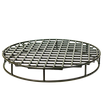



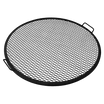

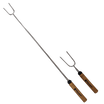



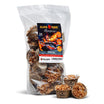
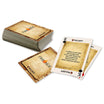

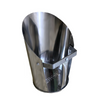
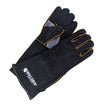
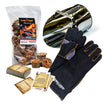


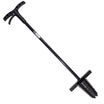
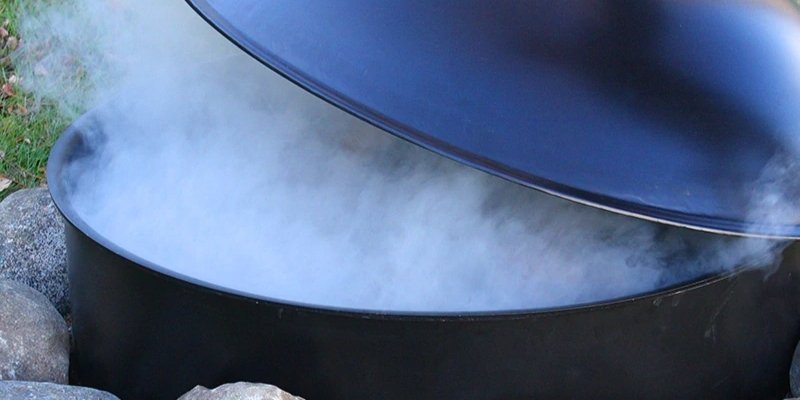



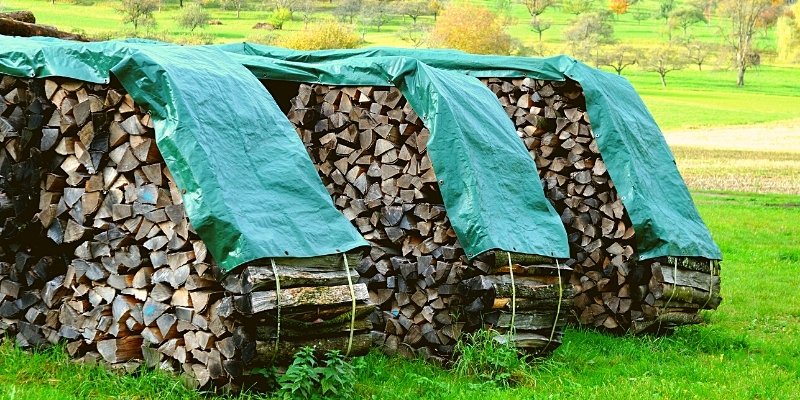
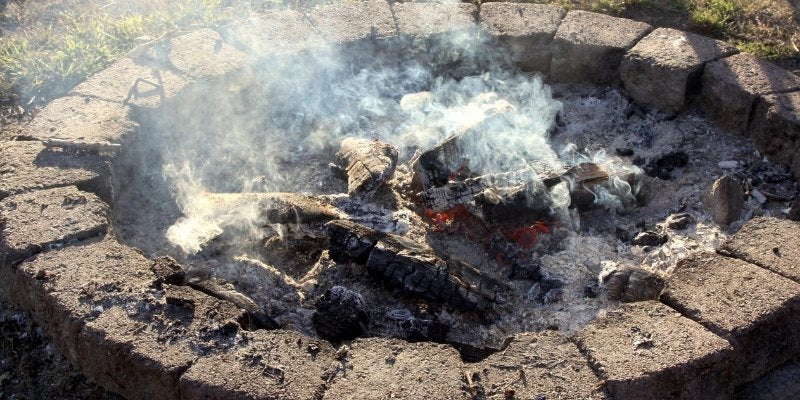
Leave a comment
This site is protected by hCaptcha and the hCaptcha Privacy Policy and Terms of Service apply.